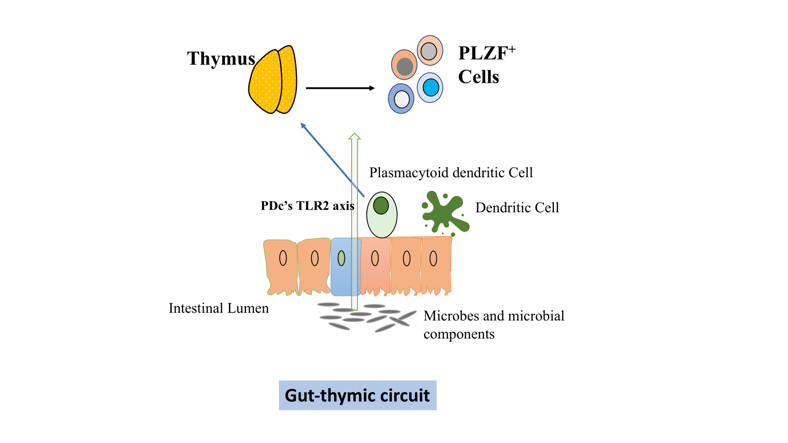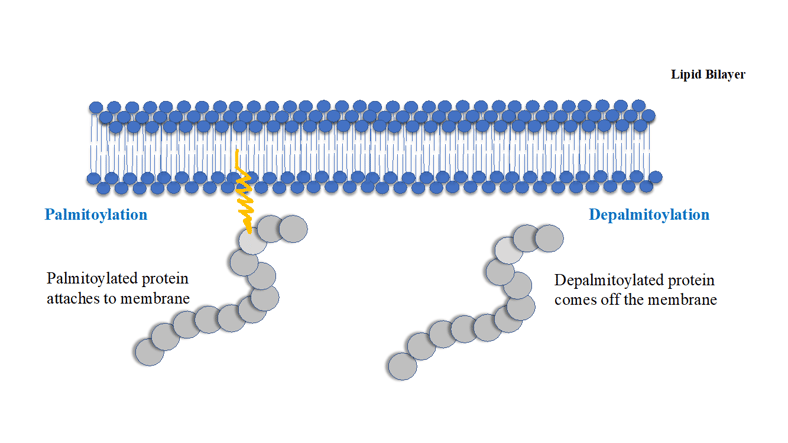Evolution of ancient cellular components paves a path to parasitic adaptations in Apicomplexan parasites.
How the cilium became a ‘villain’ in Apicomplexan parasites?
Topics: Molecular Biology, Protein Electrophoresis, Protein Concentration, Protease Inhibitors, Protein Labeling
Exposure to Intestinal microbes in early life can influence development of thymic lymphocytes : A review of current literature
Topics: Western Blotting, Protein Electrophoresis, Protein Estimation, Protein Concentration, Protease Inhibitors, Protein Fractionation, Protein Labeling
Protein palmitoylation and sulfhydryl chemistry methods to capture palmitoylated proteins
Proteins undergo many kinds of post translational modifications (PTMs), such as phosphorylation, ubiquitination, SUMOylation, geranyl-geranylation, farnesylation, myristoylation, acetylation, succinylation and palmitoylation. PTMs can be reversible or irreversible, they can be dynamic or stable. PTMs enable fine tuning of protein function in response to various internal and external signals and therefore they have profound effects on cellular physiology, metabolism, survival and growth.
Topics: Protein Labeling
Protein phosphorylation: Nature’s favorite way of decorating proteins
Part 1: Essentials of protein phosphorylation
American chemist Westheimer asked an interesting question in 1987 in his very famous article published in ‘Science’ the same year, ‘why nature chose phosphates?’. He elegantly approached this problem from a chemists’ perspective. Phosphorus, a group 15 element, is an essential element of biomolecules. Phosphorus and its chemistry pervade cells and living systems, ATP, the ubiquitous currency of energy, is a nucleotide with two phosphates available in high energy phospho anhydride bonds. The backbone of genetic material (DNA or RNA) is made up of phosphates, two adjacent nucleotides are linked by phosphodiester bonds. The negative charge present on phosphodiester linkages in nucleic acids makes them resistant to hydrolysis and therefore very stable in aqueous environments, a key feature required for a molecule to qualify as a genetic material is chemical stability. Other group 15 elements like arsenic don’t make esters that are stable in aqueous conditions at neutral pH.
Topics: Protein Purification, Protein Labeling







